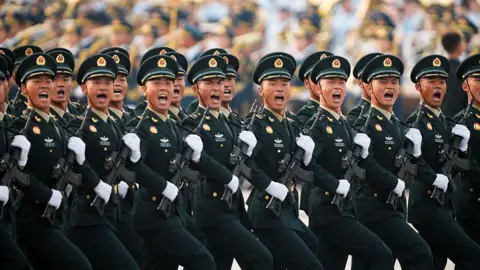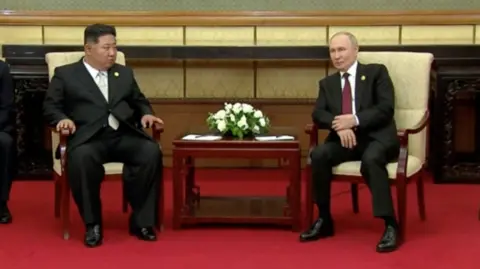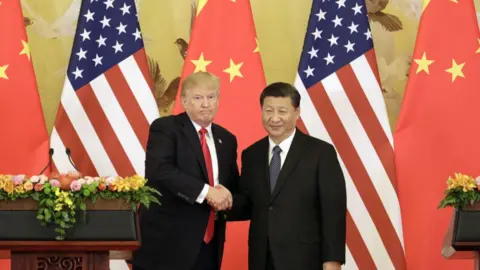In a historic move aimed at boosting its falling birth rates, China has announced a major subsidy initiative for parents with young children. According to reports, parents will receive 3,600 yuan (approximately $500) annually for each child under the age of three, as the government seeks to tackle persistent demographic challenges. This nationwide program, the first of its kind, is expected to alleviate some financial burdens for around 20 million families.
The Chinese birth rate has been on a downward spiral even after the infamous one-child policy was abolished nearly a decade ago. Effective from the beginning of 2024, the subsidy will offer parents a total of 10,800 yuan ($1,500) per child and includes provisions for families with children born between 2022 and 2024 to apply for partial payments.
Previously, various regions in China had implemented their localized financial incentives: Hohhot in the north offered up to 100,000 yuan for families with at least three children, while Shenyang provided 500 yuan monthly to families with a third child under three. Alongside subsidies, Beijing has encouraged local governments to devise plans for free preschool education to further support families.
Studies indicate that raising a child in China comes with a hefty price tag, costing an estimated $75,700 from birth to age 17, according to figures from YuWa Population Research Institute. The complexities of these statistics are compounded by recent data showing that China’s population has declined for the third consecutive year, with official figures revealing 9.54 million births in 2024 – a slight uptick, yet insufficient to counteract the overall population decline. As China continues to grapple with an aging population and demographic shifts, the necessity for measures to stabilize birth rates has become ever more pressing.



















